We independently evaluate all recommended products and services. If you click on links we provide, we may receive compensation.
The before-and-after videos are striking. On social media, people claim their face shapes transformed, their waists shrank, and their legs thinned out, all with the help of a little lymphatic drainage. It’s hard not to buy into the frenzy, especially when you can do the massage technique at home for little money. But what is lymphatic drainage, really, and is it worth trying? We spoke with two experts who break down everything you need to know.
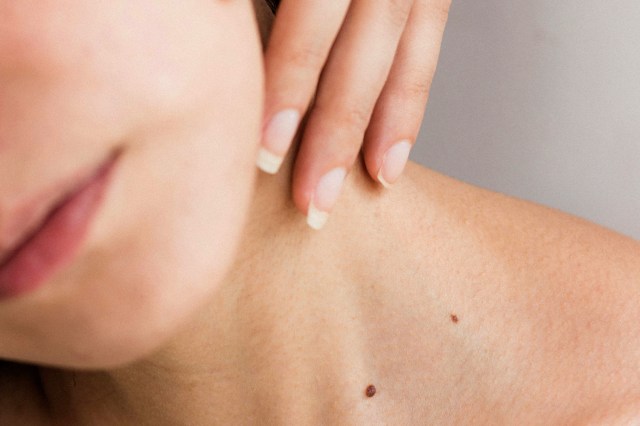
What Is Lymphatic Drainage?
“In the beauty and wellness space, lymphatic drainage is most commonly thought of as a gentle massage technique that can be used on the face or the body, which can support movement of lymphatic fluid that can become stagnant within the lymphatic system,” explains Michelle Schoser Davis, the senior director of Biophora U.S./NewGen Science.
The lymphatic system is all about circulation. It consists of organs, tissues, and vessels that work together to keep our bodies clear of infection. When it’s working properly, it essentially regulates our bodies so nothing bad that comes in (such as excess fluid or an infection) stays in for long.
Dr. Sandi Davis, P.T., CLT, CLWT, puts it this way: “Lymphatic drainage mobilizes lymph fluid from an area of congestion to a functional lymphatic territory to ultimately return to the central circulation. It can also nudge an intact system, as lymph nodes are not always active and respond to physical pressure — hence why they are in our joints.” Staying active is key to keeping your lymphatic system running smoothly, and manual lymphatic drainage massages can help stimulate the process even further.
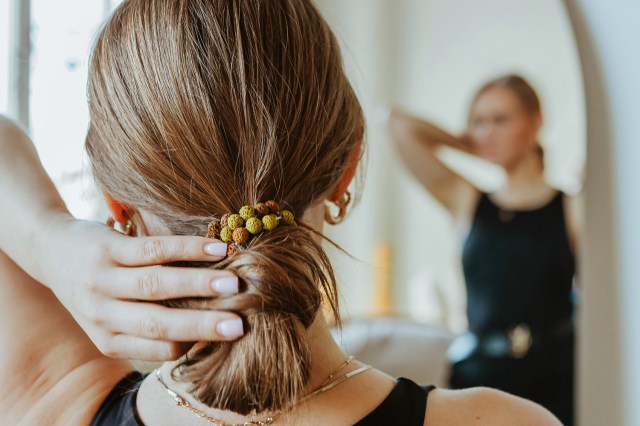
Can Lymphatic Massage Change Your Appearance?
What about all those social media claims that lymphatic massage can make you look thinner by reducing puffiness and “stuck fluid”? Well, there’s not a ton of science to back that up. “Without congested fluid stuck in an area, the [lymphatic massage] technique cannot make you smaller in size or decrease the circumference of a limb, face, or body, because there will be nothing to move around or stimulate,” Dr. Davis says.
Stuck fluid can happen, but it’s rare. “Fluids can get stuck in any area of the body in an overwhelmed lymphatic system; however, a typical healthy system functions with a 90% reserve on a day-to-day basis,” Dr. Davis says. That means “when there is fluid stuck in an area of the body, there are anchoring filaments that detect these pressure changes and pull open the initial lymph vessels, giving the fluid an entry way into the lymphatic system.” Therefore, a drainage massage isn’t generally necessary.
That doesn’t mean you have to cancel your upcoming lymphatic treatment. It won’t hurt you — it may even feel nice, like any massage — but it’s likely not going to change your face or body shape either.
“Lymphatic drainage doesn't hurt in a healthy system, but you cannot redirect fluid against the natural flow of lymph if the system is intact,” Dr. Davis says. That said, if someone has a lymphatic system that’s disrupted due to a lack of lymph vessels or nodes, “it is vital to perform lymphatic drainage daily to prevent an accumulation of lymph fluid,” she adds. This can happen because of a surgery, injury, or a congenital disorder.
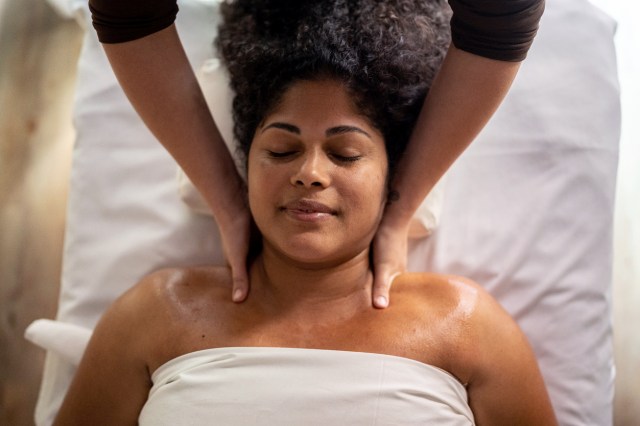
Who Should Try a Lymphatic Drainage Massage?
If you aren’t having any lymph issues (such as surgery, injury, or a congenital disorder, as stated above), a lymphatic massage may feel nice — but don’t expect it to make lasting changes to your look. In any case, it’s important to choose a skilled massage therapist.
“Even going to your favorite local spa and getting a relaxation massage will give some level of lymphatic drainage due to the skilled movements of a trained massage therapist,” Schoser Davis says. If you’ve been to a spa lately, you’ve likely seen lymphatic drainage massage options. Choosing a massage therapist who specializes in this type of treatment can be beneficial. They’ll also be able to help you with after-care, such as drinking additional water to flush remaining toxins.
Lymphatic drainage massages are generally considered safe, but you should always talk to your doctor if you have any concerns, if you’re pregnant, or if you have another health-related issue.
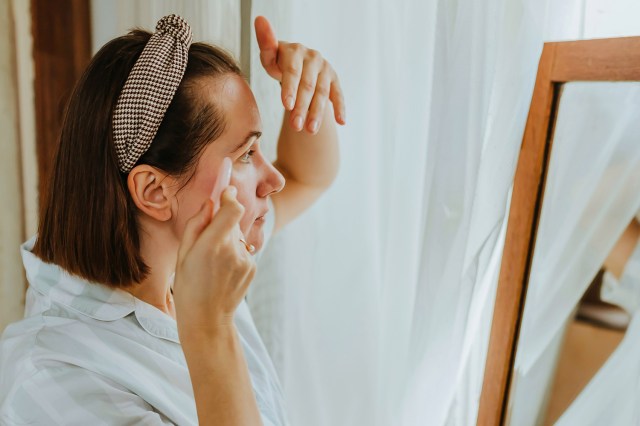
How To Do Lymphatic Drainage at Home
Facial massage is especially popular, and though it can’t reduce a double chin (as some claim), it can relieve tension and puffiness. Using an affordable gua sha tool is one of the easiest ways to do lymphatic drainage at home. Schoser Davis notes that you should always hold your tool with two hands — “one to gently hold skin taut, [the] other to move your gua sha tool.” Make sure you incorporate this two-handed system as you work through the following steps.
1. Cleanse and Tone Skin
In preparation, remove makeup and any oil or residue on the skin so you can start with a fresh face.
2. Add Your Serum
“You want to have some type of serum, elixir, face oil, or moisturizer that is going to help your gua sha tool glide along the skin,” Schoser Davis says. “Apply a liberal amount of the product evenly onto your skin prior to starting the actual self-massage.”
3. Hold the Gua Sha Properly
Schoser Davis says you should hold the tool firmly but with some softness in your grip, and with the edge side down and at a slight angle (around 30 to 45 degrees is the sweet spot).
4. Follow the Shape of the Face
Use gentle, upward motions that follow the shape of the face, and then pull the tool downward along the side of the neck to drain the fluids out of your face.
This article is for general informational purposes only.
Affiliate Disclaimer Medical Disclaimer



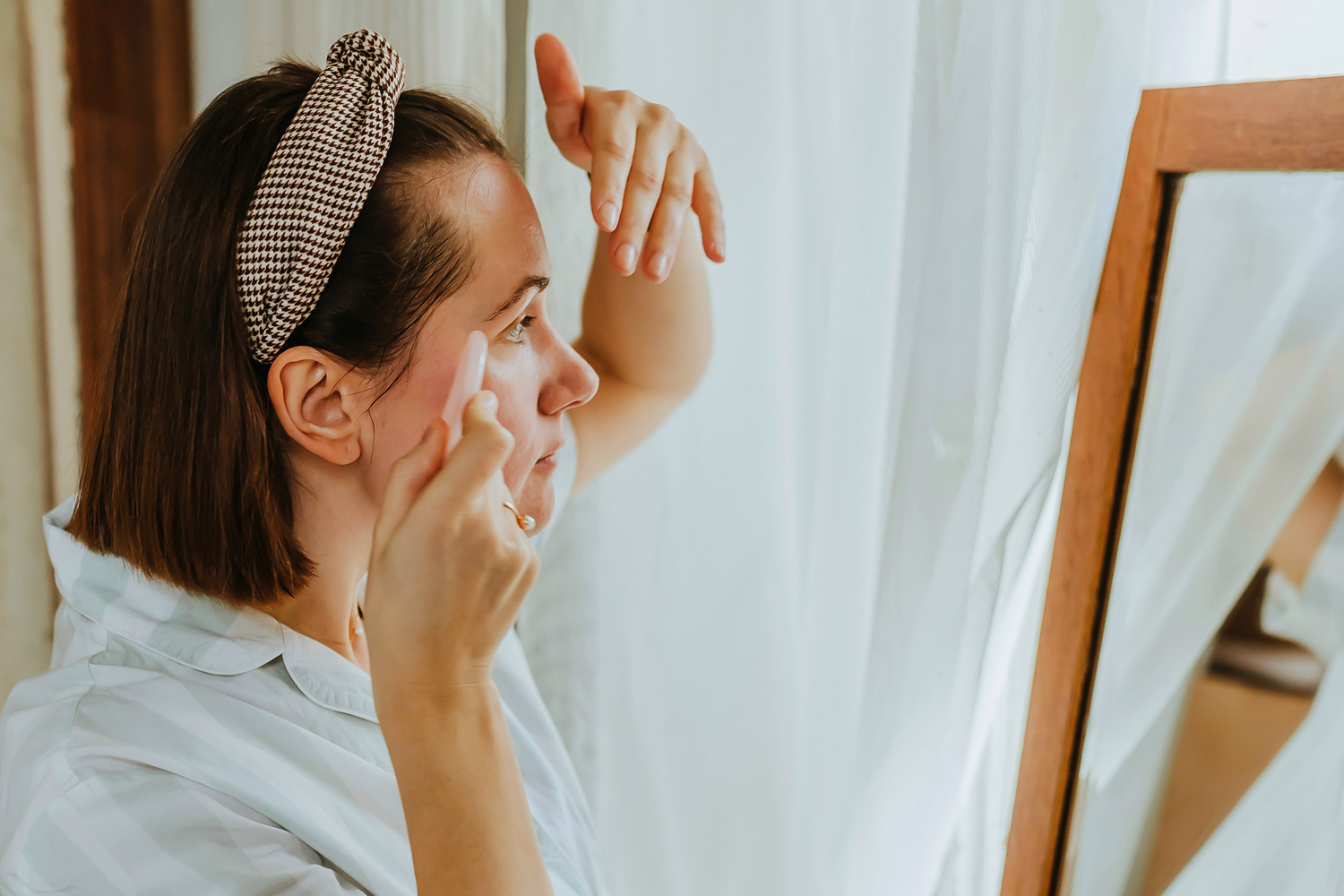

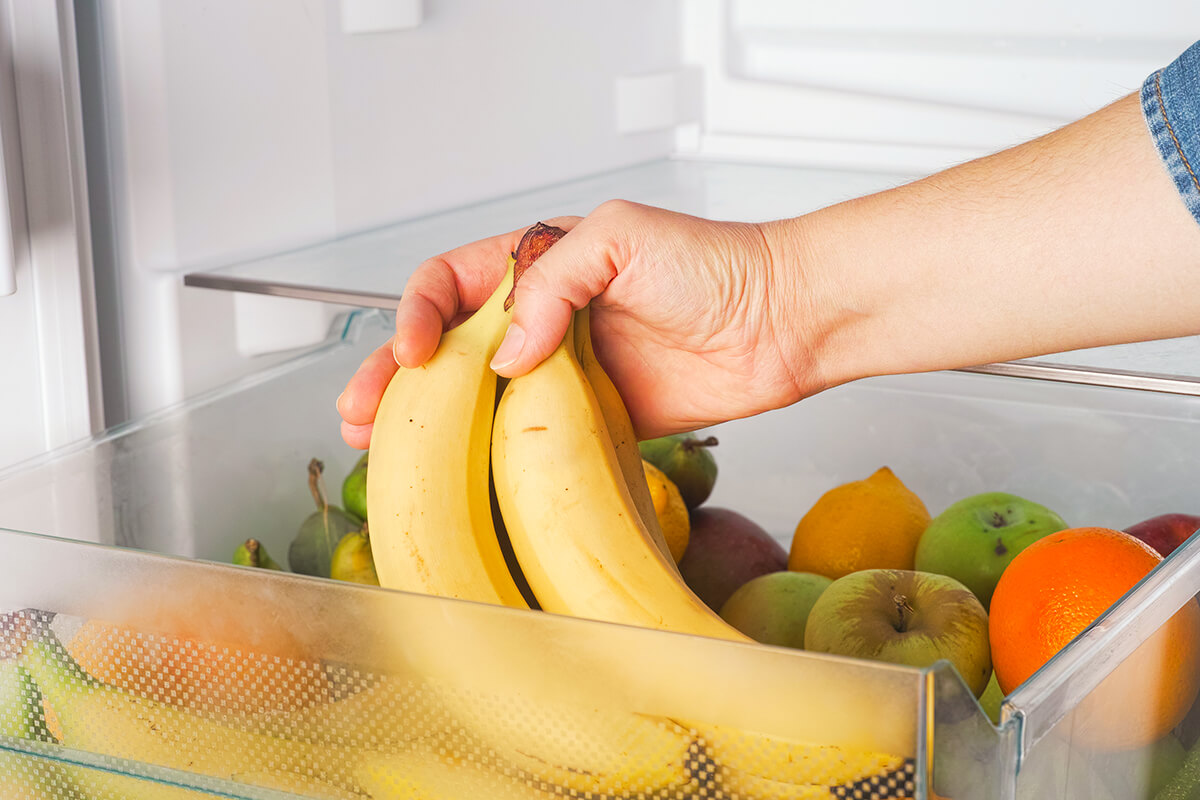
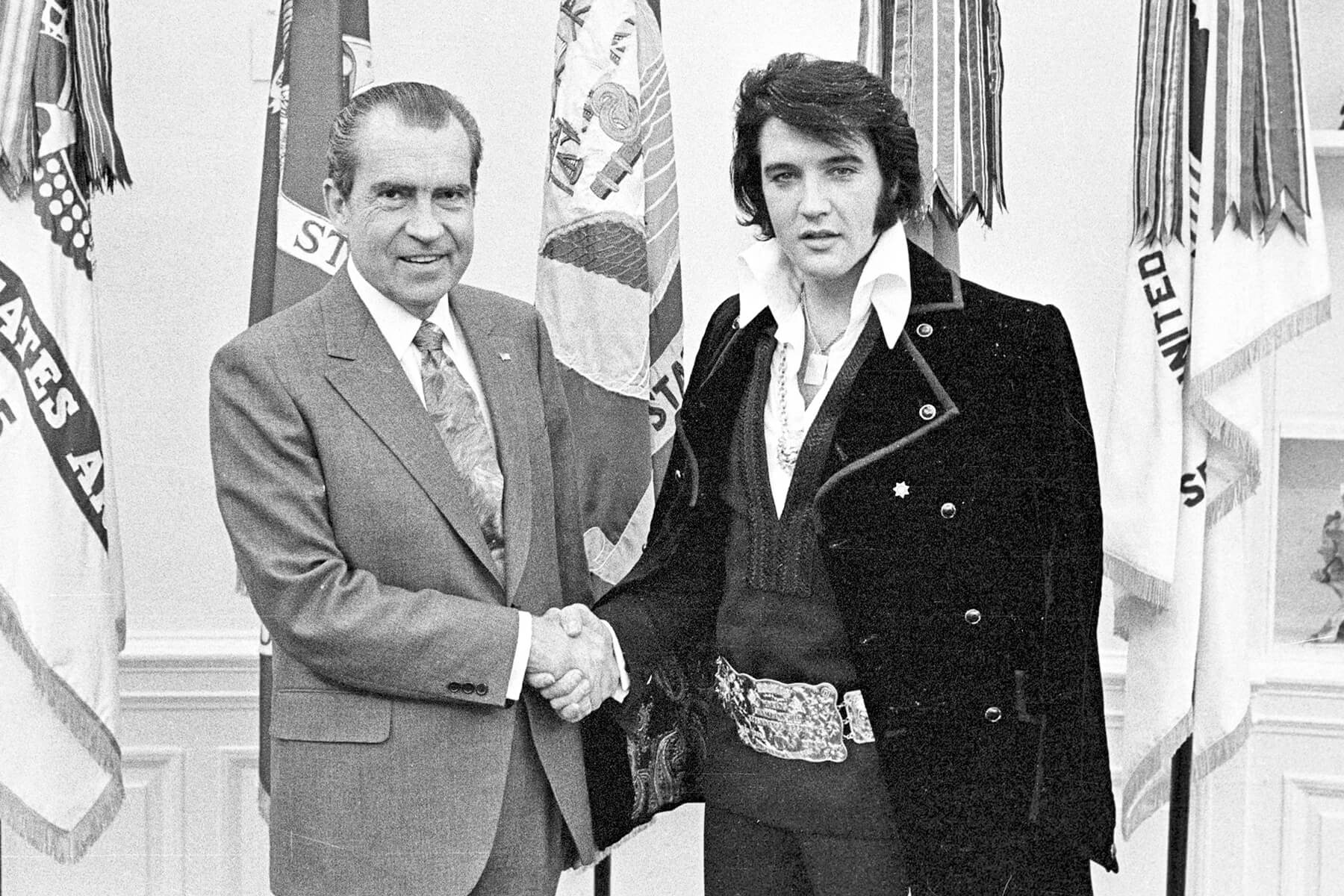
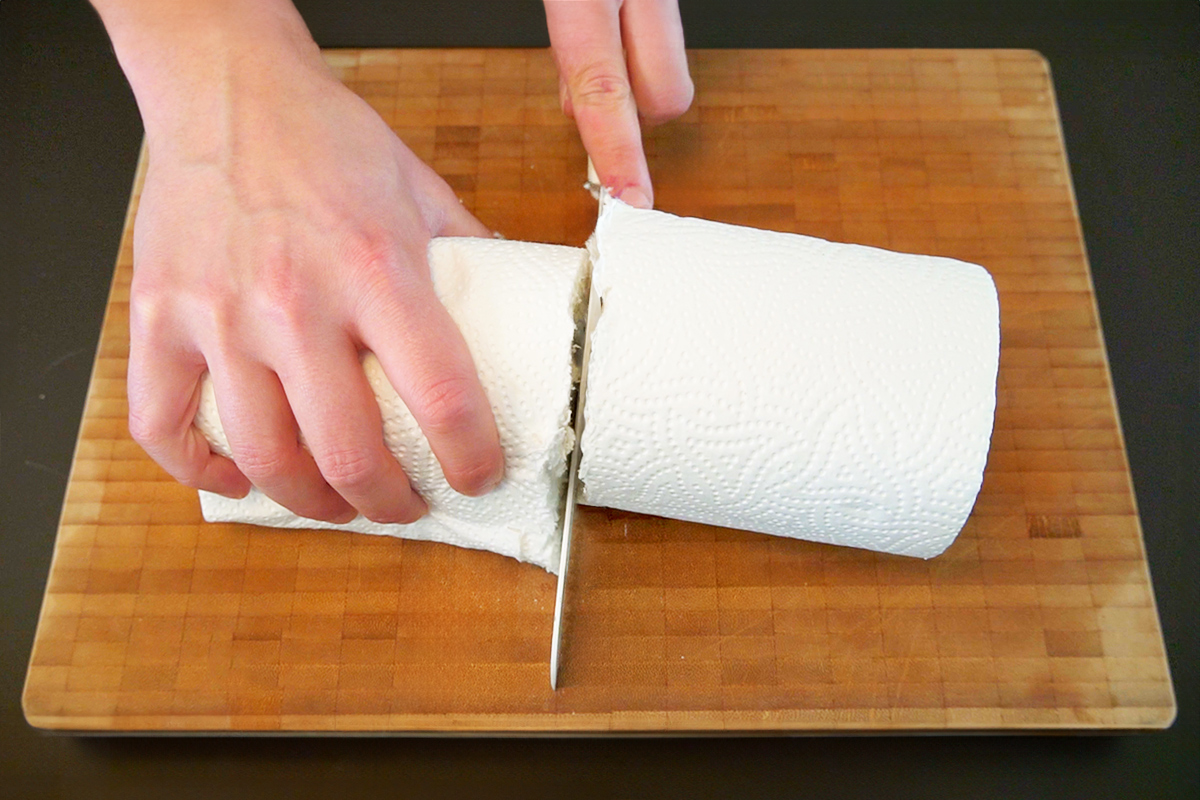
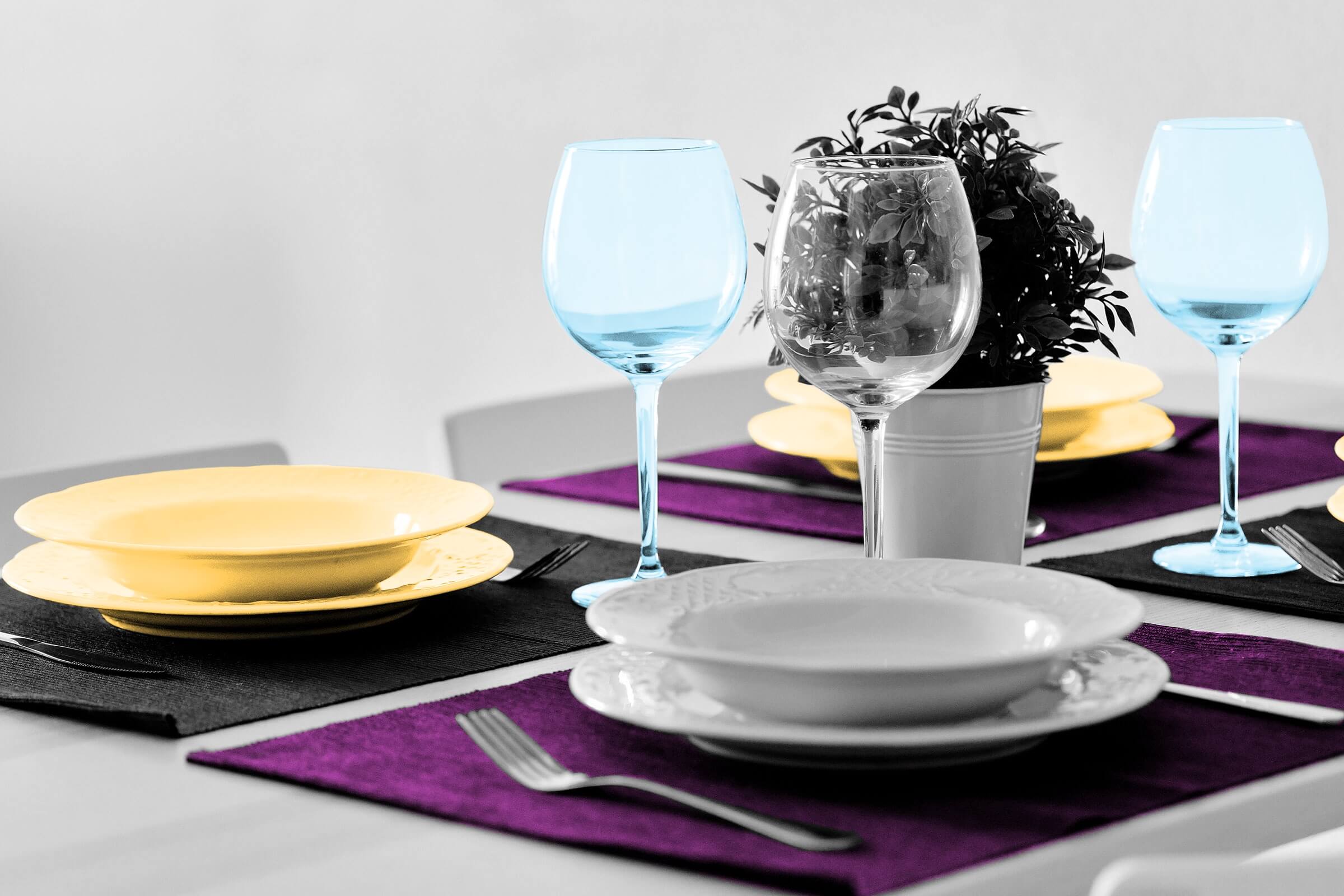
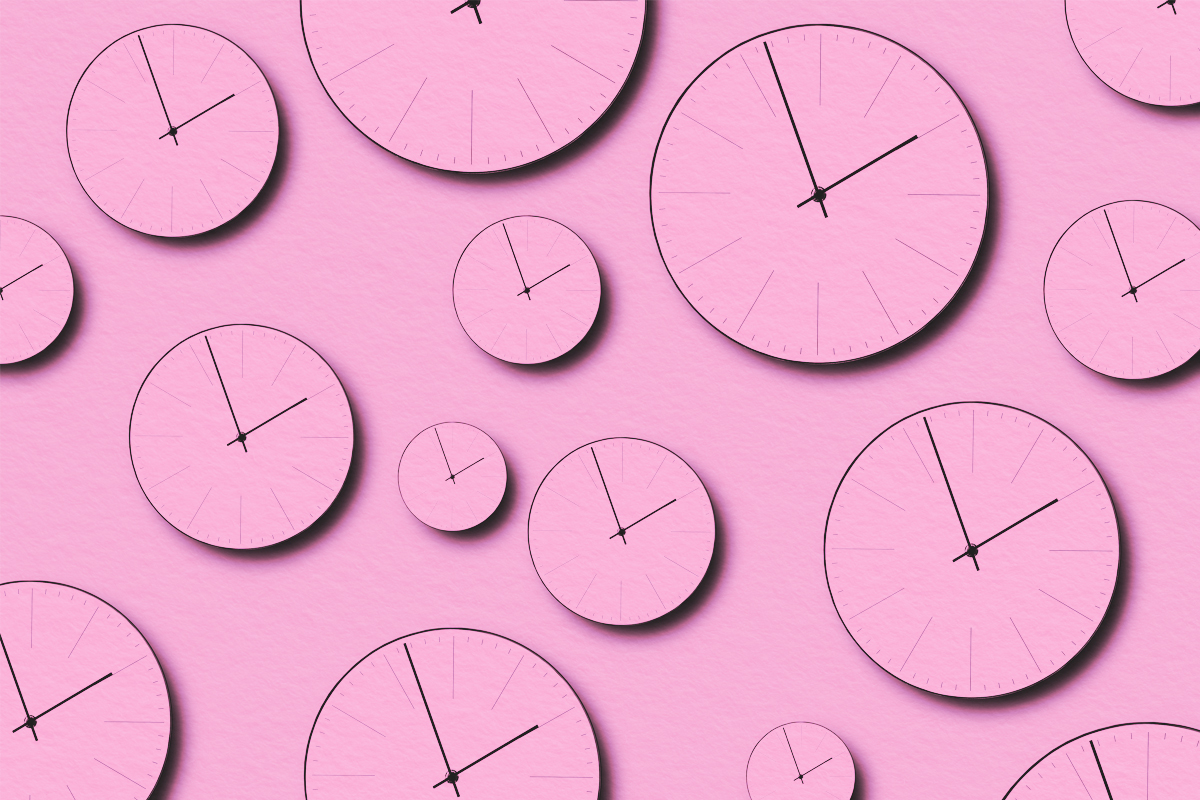
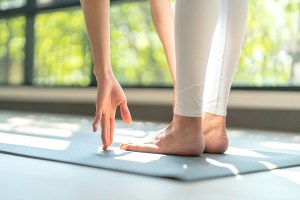



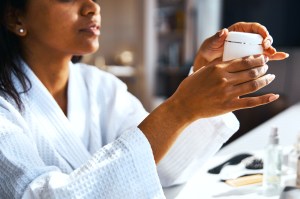

 Unique Beauty is free for all users.
Unique Beauty is free for all users.